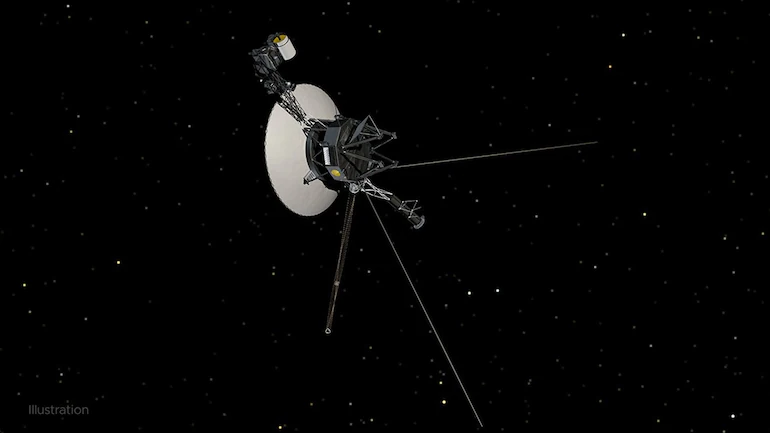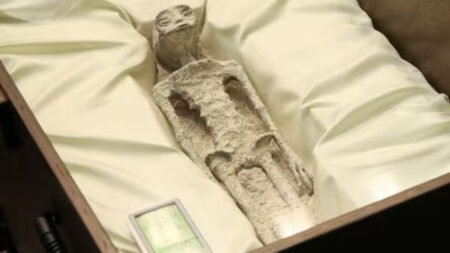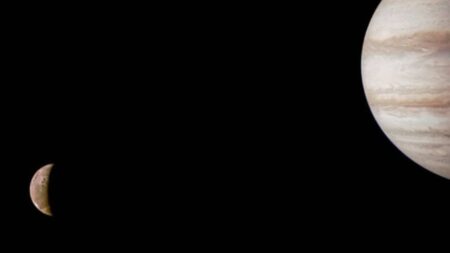The Voyager 1 spacecraft, which was launched by NASA 45 years ago, is now continuing its mission beyond the boundaries of our solar system.
Voyager 1, which was launched in 1977, left our solar system in 12 years and reached interstellar space in 2012.
Despite its old age and the vast distance of 14.5 billion miles (23.3 billion kilometers) that separates it from Earth, the space probe continues to transmit further scientific data as it moves on in its mission to unveil the vast unknowns of the galaxy.
However, new data sent by the Voyager 1 has left the NASA experts working at the Jet Propulsion Laboratory (JPL) puzzled.
Readouts from the spacecraft’s attitude articulation and control system (AACS) didn’t match the spacecraft’s movements and orientation, which suggests that the craft is unsure of where it is in space, according to a statement released by NASA on Wednesday. Even though the probe is still functioning normally, NASA said.
The Automatic Attitude Control System (AACS) is critical to the operation of the Voyager spacecraft because it guarantees that the high-gain antenna on the spacecraft continues to be aimed toward Earth. This allows Voyager to continue transmitting data to NASA.
Suzanne Dodd, project manager for Voyager 1 and 2 at NASA’s Jet Propulsion Laboratory, said in a statement, “This type of mystery is par for the course at this point of the Voyager mission.”
“The spacecraft is nearly 45 years old, which is much beyond what the mission designers expected,” NASA said, adding that the Voyager 2 probe, the twin of Voyager 1, is performing correctly.
According to NASA, the Automatic Analog Computer System (AACS) on Voyager 1 provides data that is created at random and does not “represent what is occurring onboard.”
Because Voyager is located in an interstellar region, it takes to light a total of 20 hours and 33 minutes to go in one direction. As a result, a single communication between NASA and Voyager takes two days to complete.
Even if the data from the system seems to indicate otherwise, the engineering team at NASA has determined that the spacecraft’s antenna is adequately oriented, which means that it is receiving and carrying out orders from NASA and transmitting data to Earth.
According to an announcement from NASA, “Until the nature of the problem is better understood, the team cannot forecast if this would influence how long the spacecraft can gather and transmit science data.”













